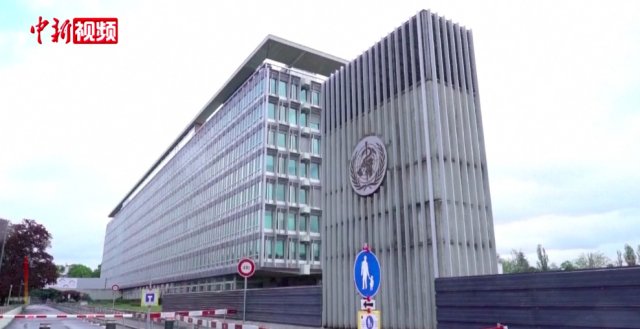A study of some cases of childhood hepatitis of unknown etiology suggests that infection with the new coronavirus may trigger related symptoms, Israeli researchers reported in the international journal “Journal of Pediatric Gastroenterology and Nutrition”.
Researchers from Israel’s Schneider Children’s Medical Center and other institutions analyzed the cases of 5 children hospitalized with liver damage. These cases were as young as 3 months and as young as 13 years old. The new coronavirus test results were positive before liver problems occurred. , asymptomatic or mild patients.

Image source: China-Singapore Video Screenshot
Researchers believe that one of the possible causes of liver damage is that the new coronavirus binds to the receptor “angiotensin-converting enzyme 2 (ACE2)” on human cells and directly causes damage. Another possibility is that the immune system Insufficient or excessive response to new coronavirus infection can cause multisystem inflammatory syndrome in children and lead to liver damage.
Adenoviruses were previously considered the “biggest suspect” in a global investigation into childhood hepatitis of unknown etiology. This study showed that some of the above cases were positive for human adenovirus and some were negative. The researchers analyzed liver samples from the cases and found no antigens that pointed to adenoviruses and no signs of adenovirus-induced hepatitis. The researchers therefore believe that adenovirus is not necessarily the main cause of disease, although the virus often causes severe hepatitis in immunocompromised people.
At present, the medical community has no definite conclusion on the reasons for the occurrence of childhood hepatitis cases of unknown etiology in many places around the world. The World Health Organization has previously stated that laboratory tests have currently ruled out hepatitis A, B, C, D, and E in children with hepatitis of unknown etiology, but SARS-CoV-2 and/or adenovirus have been detected in samples from some cases. Increased adenovirus activity and co-transmission with 2019-nCoV have recently been observed in the United Kingdom, but the role of both in the pathogenesis of these hepatitis cases is unclear.
China has the ability to screen children with acute hepatitis of unknown etiology
Xu Wenbo, director of the Institute of Viral Diseases of the Chinese Center for Disease Control and Prevention, said at a press conference on June 9 that for suspected cases of acute hepatitis in children with unknown causes, my country has mature technical reserves for pathogen detection, and reliable nucleic acid detection and screening capabilities. .
As of early June 2022, 33 countries around the world have reported suspected cases of acute hepatitis of unknown etiology in children, a total of 650 cases, and 99 unclassified cases. Most of the suspected cases were from Europe (374 cases), at least 38 children required liver transplantation and 9 died.
The World Health Organization said on May 27 that due to the unknown etiology, source and mode of transmission of hepatitis in these children, and the WHO currently has limited information, the global risk of the disease is temporarily rated as medium.

Image source: China-Singapore Video Screenshot
At this stage, WHO recommends collecting blood, urine, feces and respiratory tract specimens (liver biopsy specimens if necessary) from suspected patients for pathogen screening, including adenovirus, new coronavirus, cytomegalovirus, Epstein-Barr virus, varicella virus and herpes simplex virus. All of these pathogens can be detected by real-time fluorescent PCR. my country already has mature technical reserves and reliable nucleic acid detection and screening capabilities for the detection of the above pathogens.